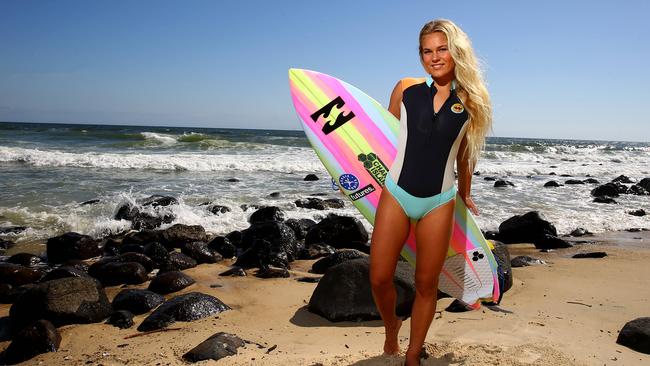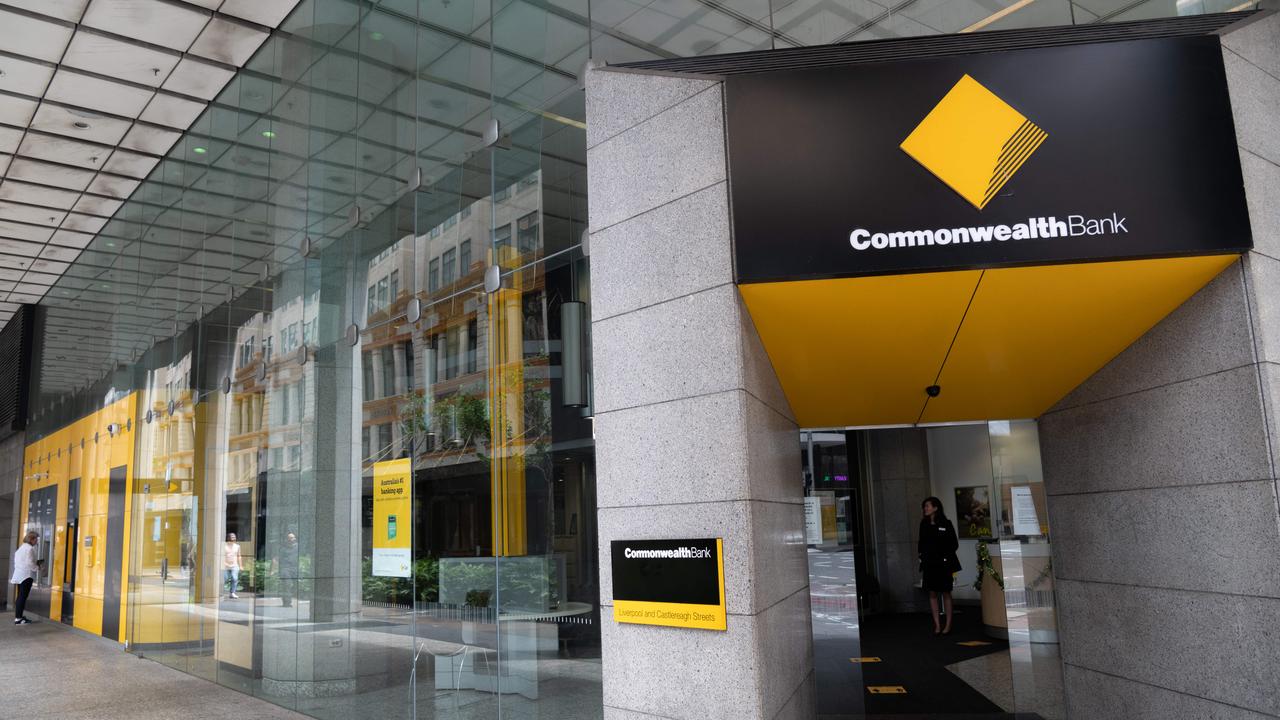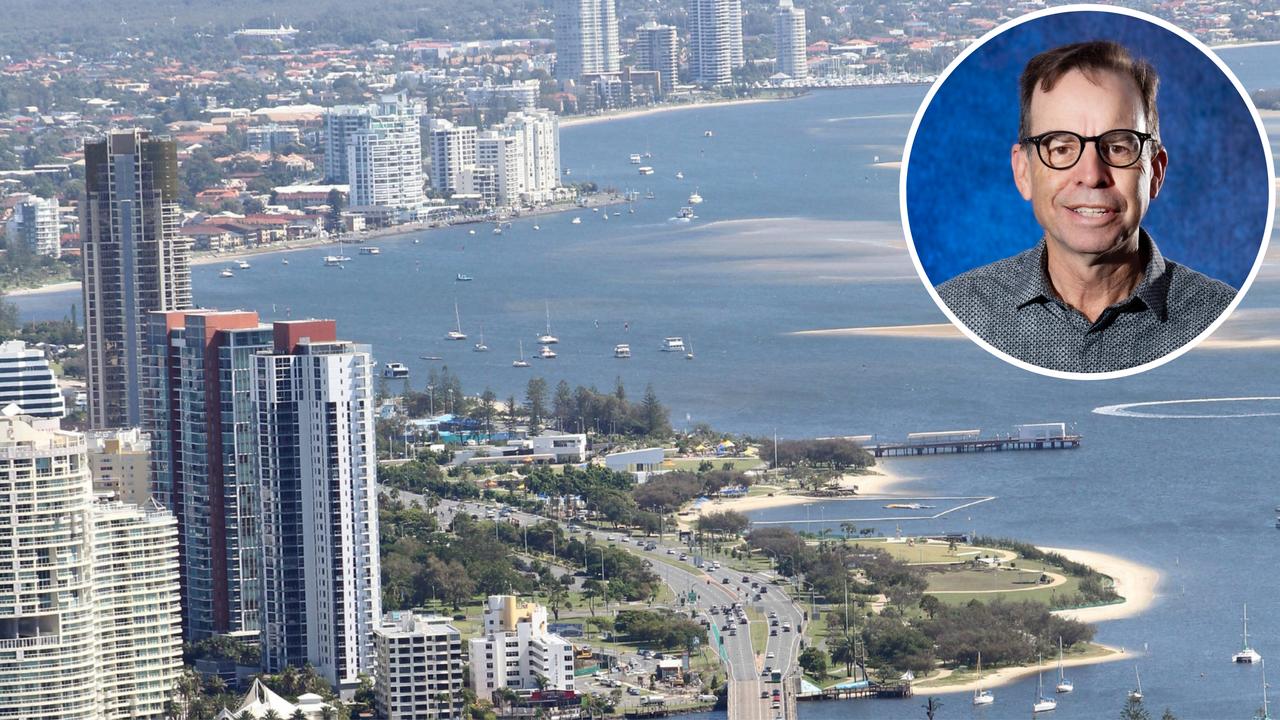Billabong suffered massive full-year loss because it ‘played it safe’ with swimwear designs
BILLABONG’S American operations recorded a major profit turnaround but the Coast surfwear chain suffered a massive blowout loss in its Australian operations. And it’s due to the Kardashian effect.

Business
Don't miss out on the headlines from Business. Followed categories will be added to My News.
AUSSIE surfwear giant Billabong’s decision to go against the fashion tide with “safe” versus skimpy designs has contributed to a $77.1 million wipe-out.
The surfwear retailer’s decision to stick to bikini styles in bright floral prints turned away customers who demanded bold colours and racier styles they had seen on social media — including by the Kardashians, according to the retailer’s boss.
Billabong yesterday posted a net loss of $77.1 million for the year to June — a blowout from the $23.7 million loss it sustained a year earlier.
Chief executive Neil Fiske said swimwear in its Australian stores had lagged behind the emerging US bikini trends — such as high-cut bikini bottoms and unusual colours — which, along with an overall slump across the retail market, contributed to the negative result.

Mr Fiske said after a strong 2016 fiscal year, the brand had stuck to similar swimwear styles, while local customers demanded racier bikinis they had seen on social media.
“What we found was we really went back to the well and replicated some of our past successes, at a time when the market and the trends were shifting,” he said. “We played it too safe.
“Our customer is globally connected — we have 37 million followers across our social media.
“I’ve been in stores where customers will pull out their phones and an Instagram from another country, and say where can I get this item.”

Mr Fiske said Billabong took the trends which had worked in the US and trialled them in a set of Australian stores in February, to great response.
“Those styles have now arrived in all our stores and looks great, and we’re off to a much better start to this (fiscal) year,” he said.
“There has been a shift away from prints, to solid colours, certainly from what has been a very strong print market previously.
“There has also been a shift to more unusual colour tones, colours which traditionally weren’t really associated with swimwear, like olive and mustard versus bright pinks, purples and florals — even basic black and white pieces look really striking.”

Mr Fiske said “Brazilian” style cut bottoms, high-waisted styles, ’70s retro-inspired pieces and the return of the one-piece had also proved popular.
The group made an $8.4 million loss before significant items but this ballooned when total impairment charges of $106.5 million — related to the writedown of a string of brands — was included.
Mr Fiske said the Americas division had delivered a “vast improvement” during the financial year, with EBITDA up by 46.9 per cent and retail sales up eight per cent.
This was in stark contrast to FY16 when tough retail conditions and a low Australian dollar (Billabong pays for its product in US dollars) hit earnings.
“The result in the Americas, on top of a strong EBITDA lift in 1H17, gives us confidence that this region, often described as our greatest opportunity, has turned the corner,” he said.
Mr Fiske said the major drag on the result was Australia.

“If it was not for the widely reported weak retail conditions in Australia we would have been well up in the guidance range,” Mr Fiske said.
“Not all of the weakness can be attributed to market conditions. “We had some misses in our execution that weighed on our result, notably in brand Billabong and to a lesser extent Element.”
The group’s $51.1 million pretax earnings was up 2.8 per cent, in constant currency terms, on the prior year, excluding significant items and the discontinuation of swimwear brand Tigerlily which was sold in April.

However, this was below Billabong’s forecast of EBITDA between $52 million and $57 million.
Revenue from continuing operations was down nine per cent to $979.5 million in the year to June 30, while sales revenue fell 6.7 per cent, in constant currency terms.
Mr Fiske said market conditions remain challenging, particularly in Australia, but the group expects sustained earnings growth driven by increasing gross margins.
Billabong expects EBITDA for the current financial year to exceed FY17, subject to reasonable trading conditions and currency markets remaining relatively stable.
Shares in Billabong gained half a cent to 75.5¢.
They began last financial year at $1.27.


